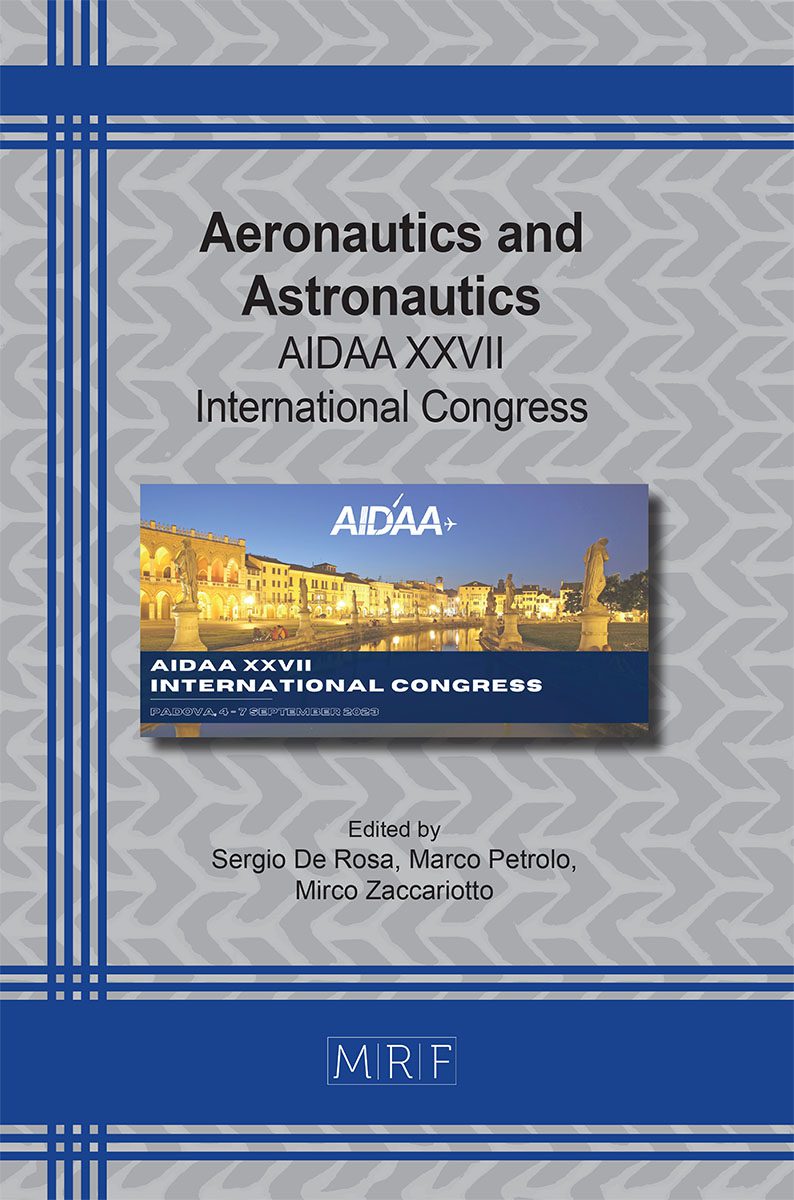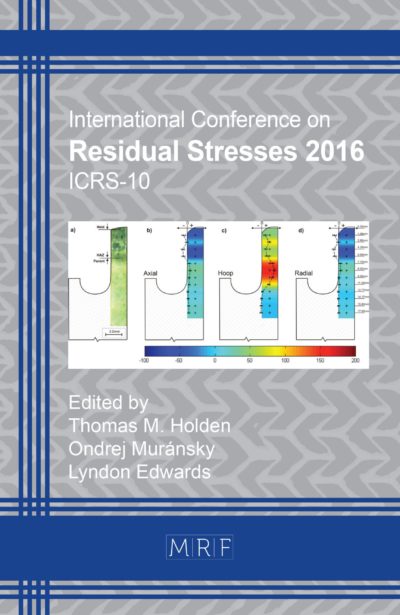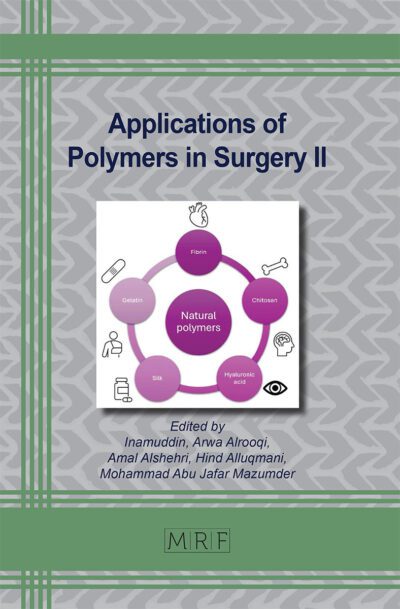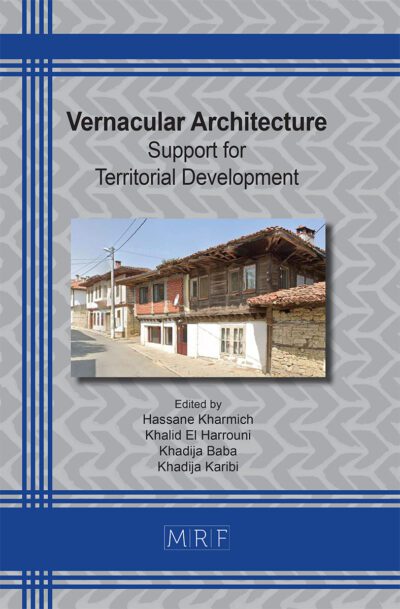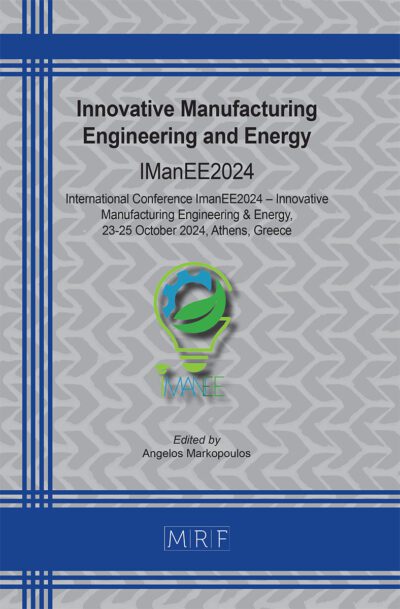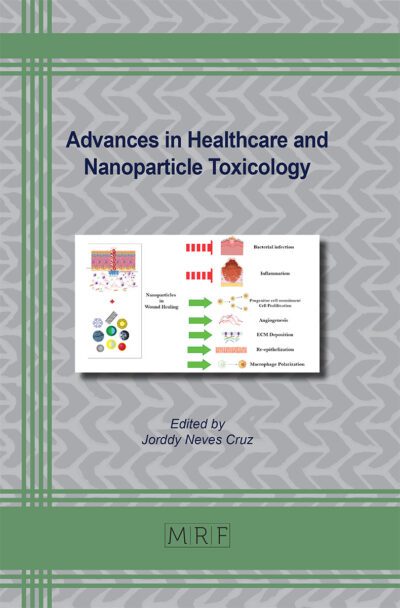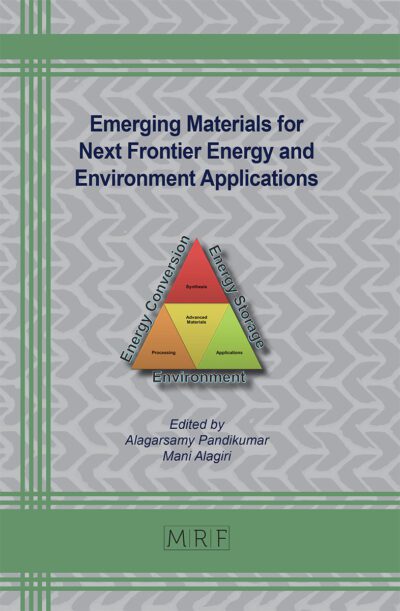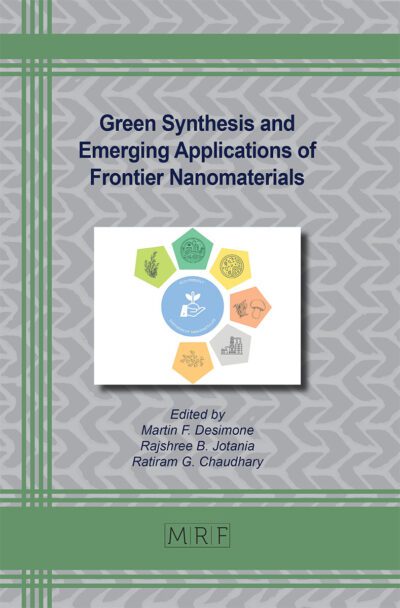Assessment of aerodynamics of low Martian atmosphere within the CIRA program TEDS
Francesco Antonio D’Aniello, Pietro Catalano, Nunzia Favaloro
download PDFAbstract. The space exploration and colonization Roadmap, and the growing interest of the international scientific community toward the Mars colonization, are highlighting the need to develop, or improve to higher TRLs, those technologies enabling human exploration and colonization. In this framework, the CIRA – PRORA research program TEDS has identified some of the most promising technologies and research areas for human/robotic exploration, and human survivability in hostile environments in future space missions. In this contest, Aerodynamics in the Martian low atmosphere, characterized by low Reynolds number and high Mach number, is one of the research areas to investigate. The compressible aerodynamics of low Reynolds number flow (Reynolds number of orders of magnitude 104-105 and Mach number of 0.2-0.7) characterizes the low altitude Martian atmosphere. The need in the exploration of the Martian surface has increased the interest in this “particular” aerodynamic regime, currently, scarcely investigated, and an assessment of the numerical methods is necessary. Three suitable airfoils for compressible low-Reynolds aerodynamics in Martian atmosphere have been selected through a bibliographic study: Triangular, NACA 0012-34 and Ishii airfoils. The experiments in the low-density CO2 facility of the Mars Wind Tunnel, at Tohoku University, over a Triangular, NACA0012-34 and Ishii airfoils with global forces and local PSP measurements, have been considered. The CIRA in-house developed flow solver UZEN (Unsteady Zonal Euler Navier-Stokes) code has been applied by employing several turbulence models. The flow over the Triangular airfoil has been simulated inside the wind tunnel and the free air flow over the NACA 0012-34 and Ishii airfoils have been simulated, and in this paper many results are reported.
Keywords
RANS, Low Reynolds Number, Compressible, Martian Atmosphere
Published online 11/1/2023, 7 pages
Copyright © 2023 by the author(s)
Published under license by Materials Research Forum LLC., Millersville PA, USA
Citation: Francesco Antonio D’Aniello, Pietro Catalano, Nunzia Favaloro, Assessment of aerodynamics of low Martian atmosphere within the CIRA program TEDS, Materials Research Proceedings, Vol. 37, pp 211-217, 2023
DOI: https://doi.org/10.21741/9781644902813-46
The article was published as article 46 of the book Aeronautics and Astronautics
![]() Content from this work may be used under the terms of the Creative Commons Attribution 3.0 license. Any further distribution of this work must maintain attribution to the author(s) and the title of the work, journal citation and DOI.
Content from this work may be used under the terms of the Creative Commons Attribution 3.0 license. Any further distribution of this work must maintain attribution to the author(s) and the title of the work, journal citation and DOI.
References
[1] N. Favaloro, G. Saccone, F. Piscitelli, R. Volponi, P. Leoncini, P. Catalano, A. Visingardi and M. C. Noviello, “Enabling Technologies for Space Exploration Missions: The CIRA-TEDS Program Roadmap Perspectives,” Aerotecnica Missili & Spazio, 2023. https://doi.org/10.1007/s42496-023-00159-4
[2] Anyoji, Numata, Nagai and Asai, “Effects of Mach Number and Specific Heat Ratio on Low-Reynolds-Number Airfoil Flows,” AIAA Journal, vol. 53, no. 6, 2015. https://doi.org/10.2514/1.J053468
[3] F. W. Schmitz, “Aerodynamics of the Model Airplane Part1,” NASA, Technical Rept., NASA-TM-X-60976, 1967.
[4] Munday, Taira, Suwa, Numata and Asai, “Nonlinear Lift on a Triangular Airfoil in Low-Reynolds-Number Compressible Flow,” Journal of Aircraft, 2015. https://doi.org/10.2514/1.C032983
[5] Anyoji, Nonomura, Aono, Oyama, Fujii, Nagai and Asai, “Computational and Experimental Analysis of a High-Performance Airfoil Under Low-Reynolds-Number Flow Condition,” Journal of Aircraft, vol. 51, no. 6, 2014. https://doi.org/10.2514/1.C032553
[6] F. W. Schmitz, “The Aerodynamics of Small Reynolds number,” NASA TM, 1980.
[7] Tsukamoto, Yonemoto, Makizono, Sasaki, Tanaka, Ikeda and Ochi, “Variable-Pressure Wind Tunnel Test of Airfoils at Low Reynolds Numbers Designed for Mars Exploration Aircraft,” Trans. JSASS Aerospace Tech. Japan, vol. 14, no. 30, pp. 29-34, 2016. https://doi.org/10.2322/tastj.14.Pk_29
[8] Rinoie and Kamiya, “Laminar Separation Bubbles Formed on Airfoils,” Journal of Japan Society of Fluid Mechanics, no. 22, pp. 15-22, 2003.
[9] Catalano and Amato, “An evaluation of RANS turbulence modelling for aerodynamic applications,” Aerospace Science and Technology, vol. 7, no. 7, pp. 493-509, 2003. https://doi.org/10.1016/S1270-9638(03)00061-0
[10] Marongiu, Catalano, Amato and Iaccarino, “U-ZEN: A computational tool solving U-RANS equations for industrial unsteady applications,” in 34th AIAA FluidDynamics Conference and Exhibit, 2004. https://doi.org/10.2514/6.2004-2345
[11] Capizzano, Catalano, Marongiu and Vitagliano, “URANS modelling of turbulent flows controlled by synthetic jets,” in 35th AIAA FluidDynamics Conference and Exhibit, 2005. https://doi.org/10.2514/6.2005-5015
[12] Catalano, Mele and Tognaccini, “On the implementation of a turbulence model for low Reynolds number flows,” Computers and Fluids, vol. 109, pp. 67-71, 2015. https://doi.org/10.1016/j.compfluid.2014.12.009

